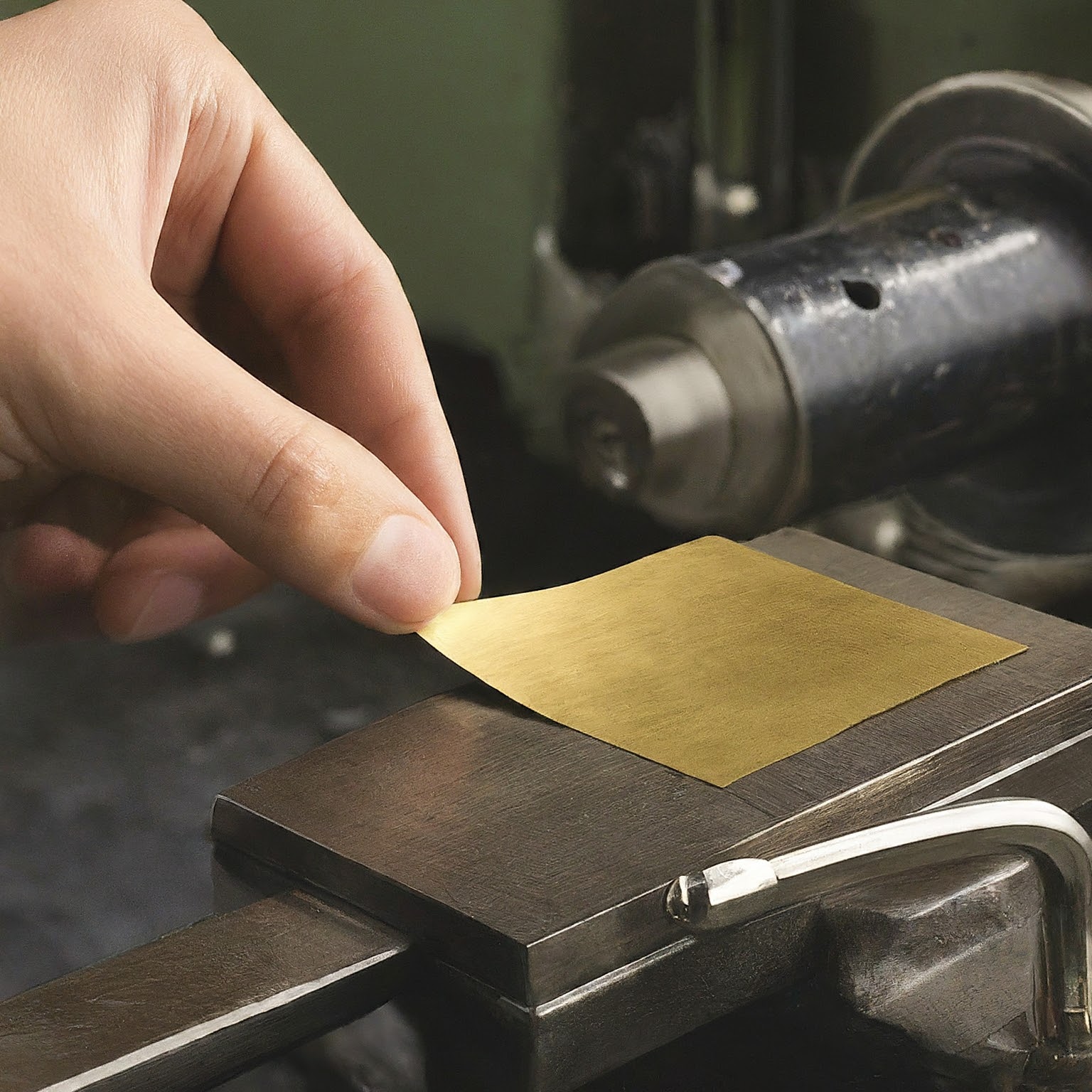How to Apply Brass Shim Sheet: Step-by-Step Guide & Tips

Brass Shims Sheet is a thin, versatile metal sheet used for precise adjustments in various applications. Whether you're working on machinery, automotive components, or construction projects, knowing how to apply brass Shims Sheet correctly is essential for achieving optimal results. In this guide, we'll walk you through the step-by-step process.
Table of Contents
-
Understanding Brass Shim Sheet
-
Preparing the Surface
-
Benefits of Using Brass Shim Sheets
-
Preparing to Apply Brass Shim Sheets
-
Step-by-Step Application Process
-
Common Issues and Solutions
-
Maintenance Tips for Brass Shim Sheets
-
Conclusion

Understanding Brass Shim Sheet
Before we dive into the application process, let's briefly understand what a brass Shims Sheet is. It's a thin sheet of brass metal, known for its durability, conductivity, and corrosion resistance. It's used to fill gaps, adjust heights, and achieve precise alignments.
Preparing the Surface
Proper surface preparation is crucial for a successful shim sheet application. Here's what you need to do:
- Clean the surface: Remove any dirt, grease, or debris from the surface where you'll be applying the shim sheet . Use a suitable cleaning agent and a clean cloth.
- Dry the surface: Ensure the surface is completely dry before proceeding. Moisture can interfere with the adhesive or cause corrosion.
Benefits of Using Brass Shim Sheets
Before diving into the application process, let’s explore why brass Shims Sheet are an advantageous choice:
- Durability: Brass Shims Sheet are known for their strength and resistance to wear and tear.
- Precision: They offer excellent precision for aligning components and filling gaps.
- Corrosion Resistance: Brass is naturally resistant to corrosion, making it suitable for various environments.
- Machinability: Easy to cut and shape, allowing for custom applications.
- Cost-Effectiveness: Provides a high-quality solution at a reasonable cost.
Understanding these benefits helps you appreciate why brass shim sheets are a preferred choice for many applications.
Preparing to Apply Brass Shim Sheets
Proper preparation is key for a successful application. Follow these steps to get ready:
- Identify the Gap or Space: Measure the gap or space where you need to apply the brass Shims Sheet. Accurate measurement is crucial for selecting the right size and thickness.
- Choose the Right Thickness: Brass Shims Sheet come in various thicknesses. Select one that fits your specific needs. For instance, if you need to fill a small gap, a thinner brass shim sheet might be sufficient.
- Gather Tools and Materials: Ensure you have all necessary tools, including:
- Measuring tools (calipers, rulers)
- Cutting tools (scissors, shears, or a utility knife)
- Cleaning supplies (cloth, degreaser)
- Clean the Surface: Ensure the surfaces where you will apply the brass shim sheet are clean and free of debris. This ensures a good bond and proper fit.

Step-by-Step Application Process
Follow these steps for a smooth and effective application of brass Shims Sheet:
- Measure and Cut: Measure the area where you need the shim and cut the brass Shims Sheet to the required size. Use precise measurements to ensure a perfect fit. If you prefer convenience, consider using precut shims.
- Position the Shim Sheet: Place the cut brass shim sheet into the gap or space. Ensure it fits snugly and aligns correctly with the surrounding components.
- Secure the Shim Sheet: Depending on your application, you might need to secure the brass shim sheet with adhesives, fasteners, or simply by applying pressure. Make sure it remains in place during use.
- Check for Alignment: After placing the brass shim sheet, double-check the alignment and fit. Make any necessary adjustments to ensure everything is level and properly aligned.
- Final Inspection: Inspect the application to ensure there are no gaps or misalignments. Verify that the brass shim sheet is securely in place and performing its intended function.
Common Issues and Solutions
Even with careful application, issues can arise. Here’s how to handle common problems:
- Misalignment: If the brass Shims Sheet is not aligning properly, re-measure and cut a new piece. Ensure that the surface is clean and the shim fits correctly. shim sheet metal can also be used for custom solutions.
- Gap Fill Issues: If the shim does not fully fill the gap, you may need a thicker brass shim sheet or multiple layers. Verify the thickness requirements before cutting.
- Adhesive Problems: If using adhesive, make sure it’s compatible with brass and applied evenly. If the adhesive is not holding, consider using a stronger bonding agent or mechanical fasteners.

Maintenance Tips for Brass Shim Sheets
To ensure longevity and performance of your brass Shims Sheet, follow these maintenance tips:
- Regular Inspections: Periodically check the shim sheets for signs of wear or damage. Replace them if they show signs of degradation. SS Shim manufacturers can provide high-quality replacements if needed.
- Cleaning: Keep the shim sheets clean to prevent buildup that could affect their performance. Use appropriate cleaning agents that won’t damage the brass.
- Avoid Corrosion: Even though brass is resistant to corrosion, ensure that the shim sheets are kept dry and away from harsh chemicals that could lead to corrosion over time.
Conclusion
Applying brass Shims Sheet can significantly enhance the precision and performance of your machinery and other applications. By following the steps outlined in this guide, you can ensure a successful application and maintain the effectiveness of your brass Shims Sheet.
Author
Meet Sachin, our expert author in industrial materials with a deep understanding of brass shim sheets. With years of experience, Sachin brings valuable insights and expertise to this guide, making him a trusted source for all things related to brass shim sheets. Join us as we delve intothe art of crafting brass shim sheets with Sachin leading the way.
List Other similar blogs







